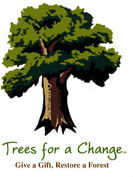 Looking for a fresh holiday gift idea that is carbon-positive, environmentally beneficial, and emotionally satisfying? Here's a suggestion.
Looking for a fresh holiday gift idea that is carbon-positive, environmentally beneficial, and emotionally satisfying? Here's a suggestion.
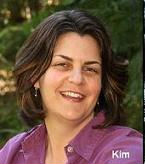
A self-admitted, lifelong handmade gift giver, Kim Isley was studying ways to reduce her own carbon footprint where she learned about the many benefits of tree planting. And she realized the two urges could be neatly integrated.
 Trees for A Change planted more than 1600 seedlings in Plumas National Forest last June, which Isley says is close enough to be able to visit and monitor regularly.
Trees for A Change planted more than 1600 seedlings in Plumas National Forest last June, which Isley says is close enough to be able to visit and monitor regularly.
And regular updates on the statusof the trees is part of the program, regardless of where they are planted.
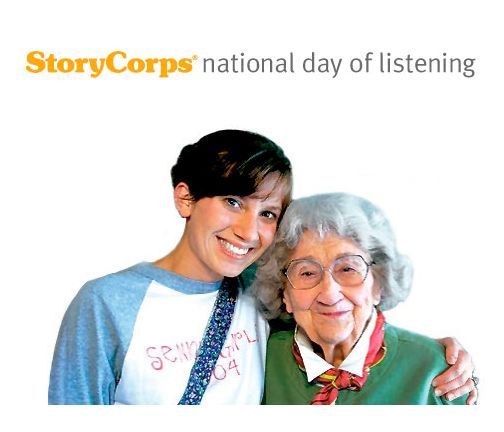 As a contrast to the frenzy of commercialism that erupts after Thanksgiving, StoryCorps founder David Isay suggests a quiet interlude spent listening to the life story of a loved one on Nov. 26, which will be the third annunal National Day of Listening.
As a contrast to the frenzy of commercialism that erupts after Thanksgiving, StoryCorps founder David Isay suggests a quiet interlude spent listening to the life story of a loved one on Nov. 26, which will be the third annunal National Day of Listening.
Over seven years nad more than 30,000 individual recording sessions, StoryCorps has enabled and captured key slices of form all sorts of lives. The only constant, says Story Corps founder David Isay, is the basic process.

Over its relatively short history, Story Corp has not only captured all of these first-person biographical moments, but shared many of them with NPR listeners and the readers of two books of selections from the interviews. But when the program began. Isay (right) admits, he had no idea if any of that would actually happen.

If there is a single inspiration for StoryCorps, it would have to be Chicago writer and radio personality Studs Terkel. He was invited to the opening of the first StoryCorps recording booth in New York's Grand Central STation, Isay recalls, and characteristically reframed the mission of the new enperprise.
 There are guidelines and a lenghthy list of possible questions at the National Day of Listening website, where you are alos invited to shrare your thoughts about the experience on their online Listening Walll. There's a separate site for StoryCorps, where you can both hear selected stories and learn how to record one yourself. There are also three semi-permanet StoryCorps recording booths set up in New York City, Atlanta, and San Francisco at the Contemporary Jewish Museum.
There are guidelines and a lenghthy list of possible questions at the National Day of Listening website, where you are alos invited to shrare your thoughts about the experience on their online Listening Walll. There's a separate site for StoryCorps, where you can both hear selected stories and learn how to record one yourself. There are also three semi-permanet StoryCorps recording booths set up in New York City, Atlanta, and San Francisco at the Contemporary Jewish Museum.
The National Day of Listening was also written up in WIRED in 2008.
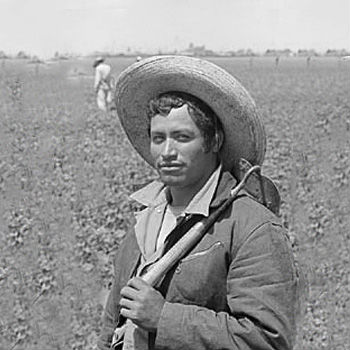
It was World War II, indirectly, that brought large numbers of Mexican workers north to harvest California crops, in a government-sanctioned Bracero program. Sonoma County was an early and active participant in that program, as a new exhibit at the Sonoma County Museum documents.
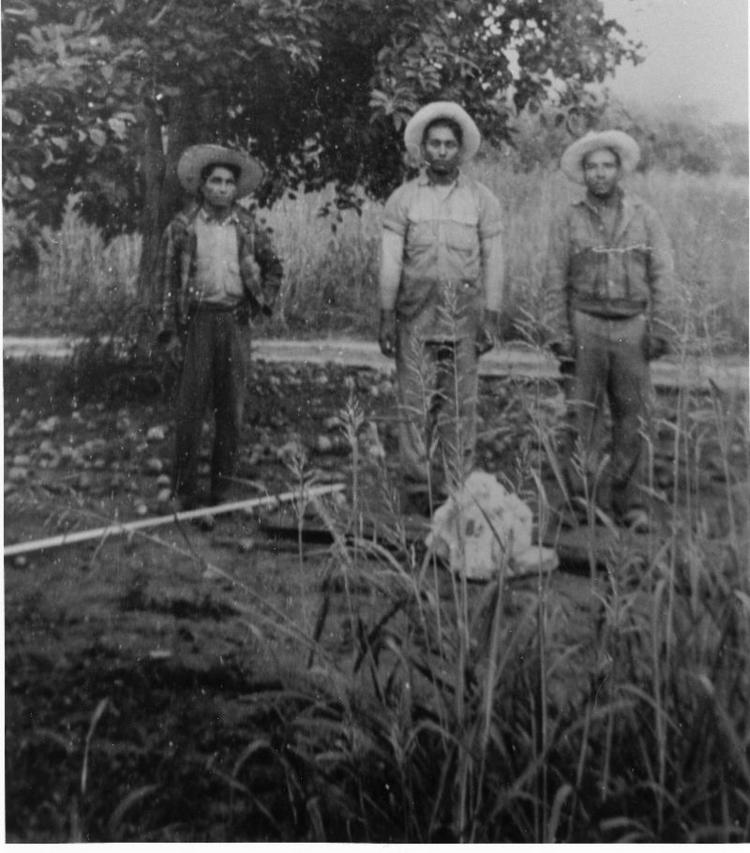
Under the terms of the agreement with the ranchers who hired them, Bracero workers were due food, shelter, and other benefits. This was a commitment that most Sonoma ranchers took to heart, perhaps more so than their counterparts in the Central Valley. In his account of his arrival at the Grace Brothers Ranch here, worker Rafael Morales recounts being surprised by the hospitality with which he was received.
The exhibit, "Bittersweet Harvest: Braceros Program," is now open at the Sonoma County Museum and continues through January 30, 2011. (For dates and hours, click here.) This is how they introduce it:
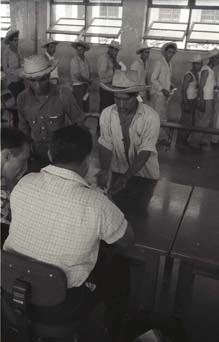
Facing labor shortages on the home front during World War II, in 1942 President Roosevelt created what would become the largest guest-worker program in U.S. history. Bittersweet Harvest, a bilingual (English/Spanish) exhibition from the Smithsonian, explores the little-known story of the Bracero program. Between 1942 and 1964, millions of Mexican men came to the United States on short-term labor contracts. Featuring photographs by famed photojournalist Leonard Nadel [including those on this page], oral histories and other materials, the exhibition examines the experiences of Bracero workers and their families, providing rich insight into Mexican-American history, and historical background to today's debates on guest-worker programs.
 As the rainy season returns, perhaps your yard or garden would benefit from keeping more of that water around for a while. There's no doubt that the environment as a whole would. Rain gardens are one good way to do just that.
As the rainy season returns, perhaps your yard or garden would benefit from keeping more of that water around for a while. There's no doubt that the environment as a whole would. Rain gardens are one good way to do just that.

Rain gardens can be added just about anywhere, regardless of soil types. Even thick clays can be amended to accept water more readily, says Chipkin, but that's not always necessary.
To estimate the amount of storage needed, calcuate the surface are that the rainwater will drain off from. An average storm will bring around one inch of rain per square foot. But few rainwater capture systems can hold all the precipitation from major storms. So that gardens that receive that water need to be designed with a outlet for the excess.
Even without adding or changing a garden, there are ways to facilitate increased rainwater absorbtion into the ground through "hardscape reducution" measures. Note that this issue also relates directly to concens about the future reliability of groundwater resources in the Santa Rosa Plain, as previously reported on the North Bay Report.
Top 9 Reasons to Build A
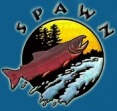
1. Reduces stream flooding and downstream erosion.
2. Provides habitat for wildlife.
3. Requires less maintenance, watering, fertilizers and pesticides than traditional gardens because of use of native and other locally adapted plants.

4. Filters pollutants and reduces pollution in our waterways via native plant roots and healthy soil.
5. Recharges groundwater by allowing water to filter into the ground rather than run along the surface into drains.
6. Reduces the volume of water flowing to sewer treatment facilities.
7. Transforms your property in an inexpensive and easy way.
8. Saves money on landscape irrigation and lowers your water bill.
9. Beautifies neighborhoods, models water conservation.

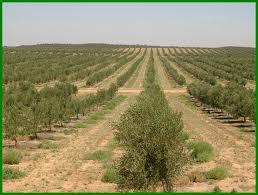 The Spaniards introduced olive orchards to California in the 1700s. In this century, the Golden State's production of olive oil is reaching global volumes. But Sonoma County's high-end output is only a tiny part of that growth. However, this area is a leader in another emerging agricultural trend-- the use of sheep to assist with weed control.We hear about both in today's report.
The Spaniards introduced olive orchards to California in the 1700s. In this century, the Golden State's production of olive oil is reaching global volumes. But Sonoma County's high-end output is only a tiny part of that growth. However, this area is a leader in another emerging agricultural trend-- the use of sheep to assist with weed control.We hear about both in today's report.
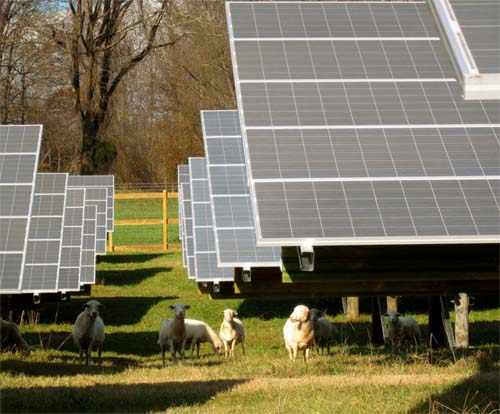
Using sheep for landscape maintenance is also an attractive choice for those who are green-minded, and not just lately. The picture below, showing the same practice in use at the Whate House dates back to the WW! era.
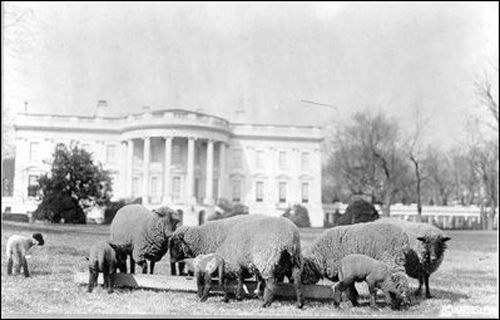
You can see all the numbers in the most recent Sonoma County Agricultural Crop Report here, along severla past years, in case you want to check trends over the past decade. Lots of interesing factoids to be found by those who dig.
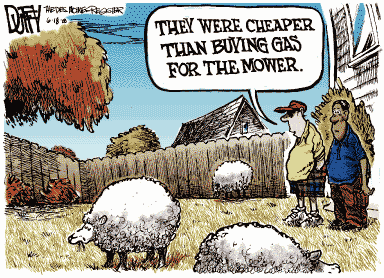

 Live Radio
Live Radio


